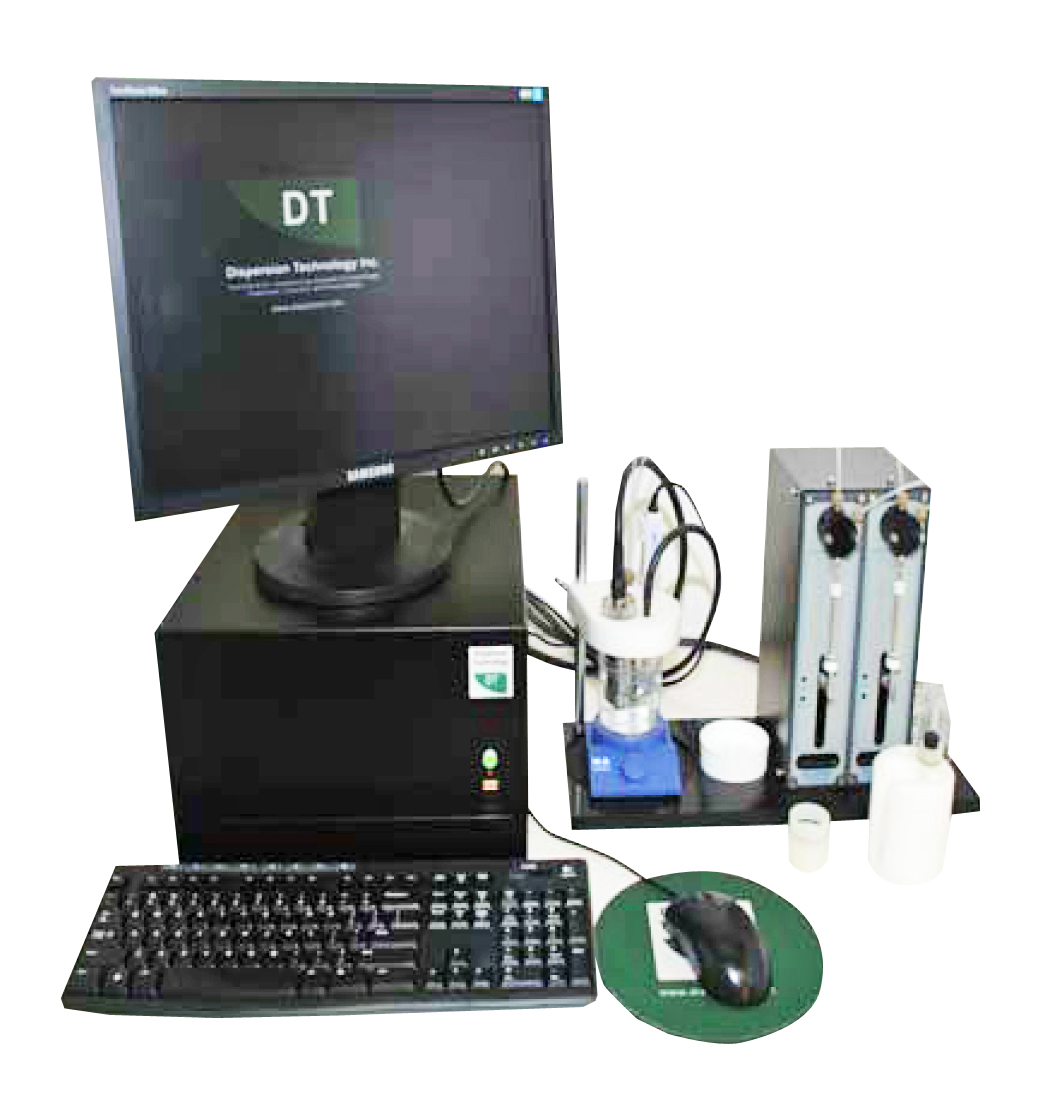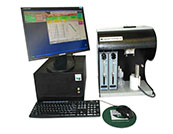Description
DT-300 and DT-310 when titration is included. Zeta Potential Probe at multiple MHz frequencies
Dip Probe in the sample like pH probe
or Place a cup on the top of the probe and fill with as little as 0.1 ml of the sample
These instruments yield information on following parameters:
– zeta potential in concentrated dispersions and emulsions (vfr>1%)
– zeta potential in porous bodies (Model DT-330 and DT-350)
– electric surface charge density
– iso-electric point
– optimum dose of surfactant
– sedimentation stability of the sample
– presence of small amounts of large sedimenting particles
Advantages over micro-electrophoresis and ELS:
- no dilution, volume fraction up to 50%
- less sensitive to contamination
- higher precision (± 0.1 mV)
- low charges (down to 0.1 mV)
- electro-osmotic flow is not important
- convection is not important
- accurate for non-aqueous dispersions






graliontorile –
I think you have remarked some very interesting points, thanks for the post.
http://www.graliontorile.com/
cbd rubs –
I recently tried in search the first continuously and I must hint, I’m impressed with the results. I felt more relaxed and at nonchalance, and my disquiet was significantly reduced. The gummies tasted great and were unhurried to consume. I’ll decidedly be using them again and would vouch for them to anyone looking an eye to a simple route to alleviate insistence and anxiety.
zoritoler imol –
I don’t ordinarily comment but I gotta tell thanks for the post on this great one : D.
https://www.zoritolerimol.com
Dominik –
You actually make it seem really easy together with your presentation but I in finding this matter to be actually one thing which I think I would never understand.
It kind of feels too complicated and extremely
extensive for me. I am looking ahead for your next
submit, I’ll attempt to get the cling of it! Escape room lista